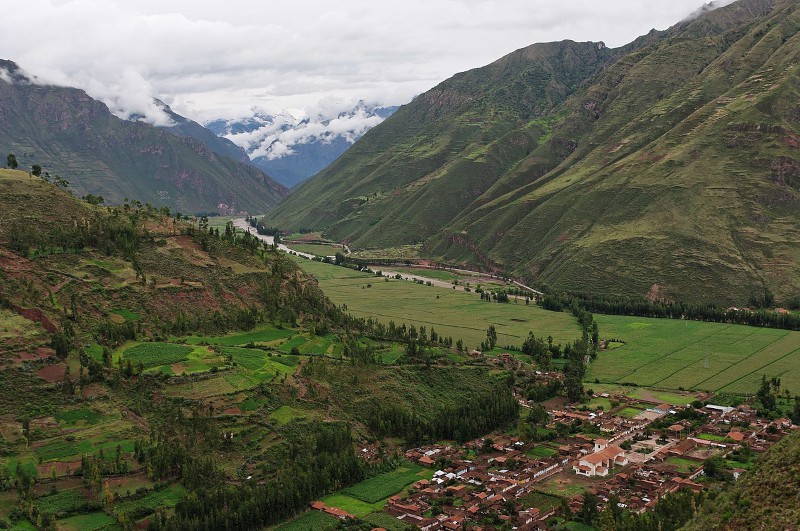
Sacred Valley Facts
- The attention-grabbing term Sacred Valley serves as the simplest of the english language names for this geological masterpiece. Its other english titles are all somewhat longer. They include the names Sacred Valley of the Incas and Urubamba Valley.
- The remarkable site served for countless ages as an important feature in the region. During that span of time, multiple Indigenous Peoples appeared within it. Prior to the arrival of European explorers, the Incas took control of the area in about 1420.
- It’s perhaps best known today for a site of vast archaeological significance within it. It’s the site of the now legendary Machu Picchu. Due to the remoteness of its location, as well as the terrain and deep cloud forest, the Spanish never found the city.
- The American explorer, Hiram Bingham was the first known outsider to view this wonder of history. He visited the location for the first time in 1911. At that time, he thought he had found another site. Only later did he realize the extent of his discovery.
- Today, the Sacred Valley represents an extremely popular tourist destination. In excess of 1 million people visit the site annually under normal conditions. Though most do so to view the ancient city, many also admire its great natural beauty.
Related Articles
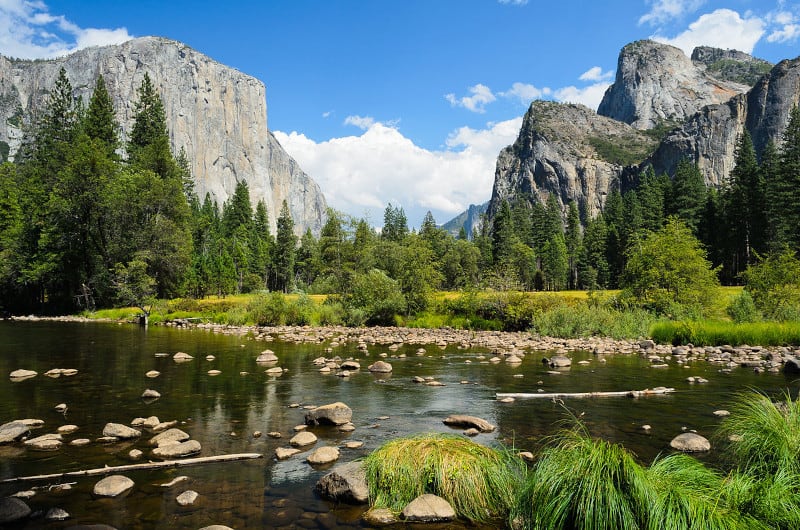
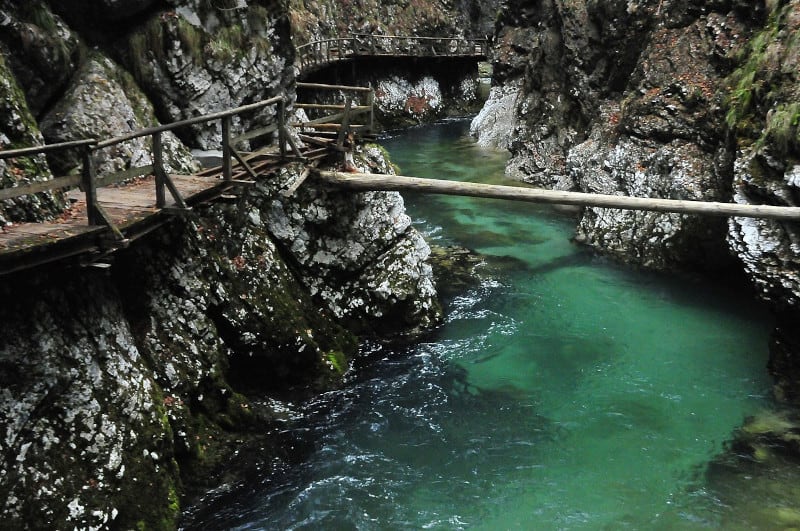
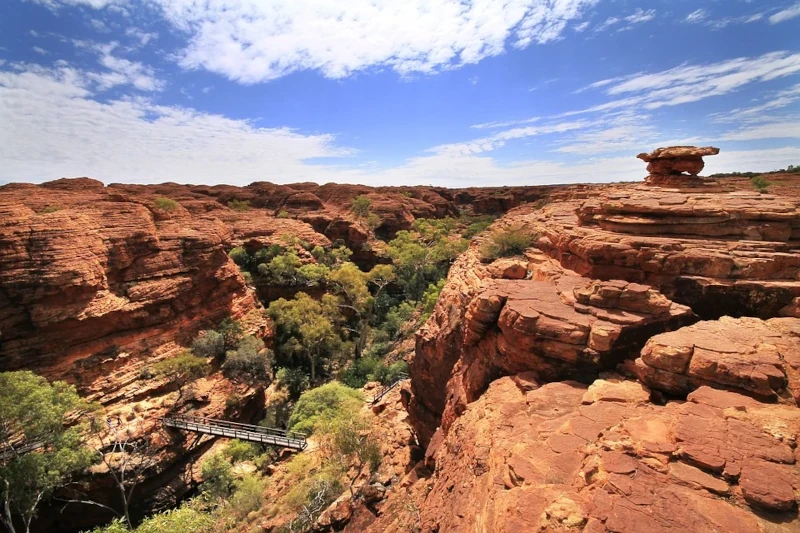
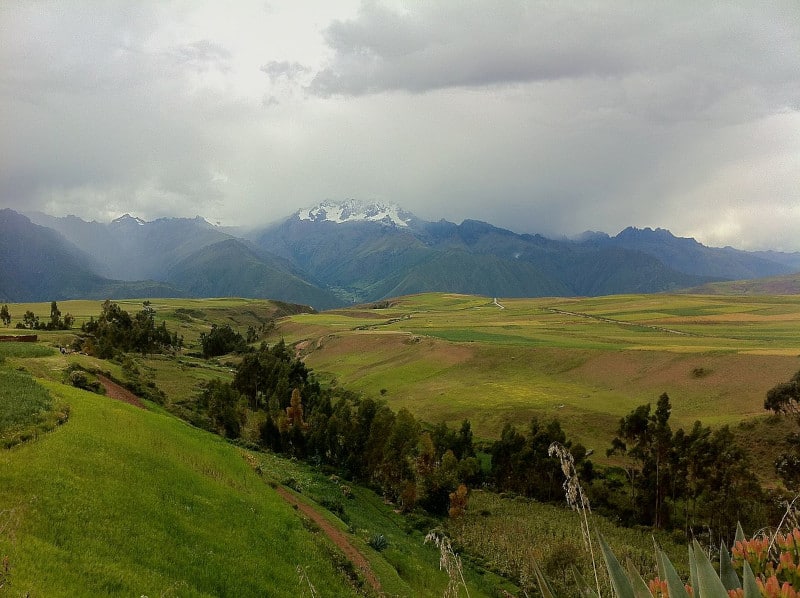
Sacred Valley Physical Description
The aptly-named wonder of Sacred Valley immediately captivates those who visit it. It also does so due to a variety of reasons. Certainly, the historical significance of the region remains important. Yet it also captures the imagination due to its sheer visual splendor.
It boasts some truly impressive physical dimensions, too. Running roughly from west to east, its length extends approximately 62.5 mi (100 km)! Virtually the entirety of its length is filled by the Urubamba River, thus one of the common names for this remote marvel.
It also boasts an equally impressive width. Though it naturally varies, this aspect of the canyon measures about 0.6 mi (1 km) on average. Its boundaries impress one as well. That’s because practically its entire length is lined with towering mountains on all sides.
The breathtaking Sacred Valley additionally holds another amazing physical statistic. That’s due to the fact that this formation sits at an extraordinary altitude. In this remote and isolated spot on the earth’s surface, Nature formed one of her great works of natural art.
The surface of the river itself forms the lowest level of the site. Incredibly, even the lowest spot of the floor of the valley there sits at about 6,730 ft (2,050 m) above sea level. At its highest point, though, the valley base resides at an altitude of roughly 9,800 ft (3,000 m).
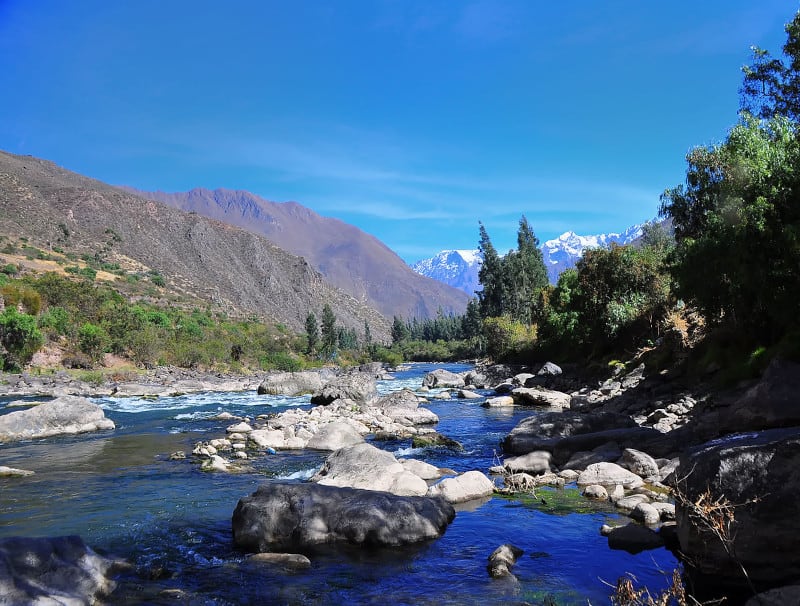
Sacred Valley Location, Formation, and Ecology
Once learning of the location of the spellbinding Sacred Valley, few people are surprised. That’s true since it formed in a region of the globe already well known for its many marvels of geology. This unique formation resides in a section of the continent of South America.
There, it lies in a section of the country of Peru. Its general location places it in the southern section of the country. That same immediate area also puts it in the equally incredible Andes Mountains. It therefore sits within the boundaries of the present day region of Cusco.
The mesmerizing site formed due to the erosive action of the above-mentioned Urubamba River. The slow but inexorable actions of the flowing water eventually carved out the site as it’s known today. On a much smaller scale, that action continues even today.
The climate of the gorgeous Sacred Valley depends largely on the surrounding mountain chain. The majority of the precipitation arrives between October and April. This totals an average of 20.7 in (527 mm) annually. The rest of the year is comparatively arid.
Despite its climate, the marvelous site serves as home to a wide variety of flora and fauna. Over 400 species of plants appear within the valley. This includes a number of orchid varieties, such as the awesome Holy Ghost Orchid. Trees and bushes also abound here.
Many animals also live in the valley. These include such species ubiquitous to the greater region as the alpaca and llama. The vicuña does as well. An amazing total of more than 400 species of birds also call the site home. Several types of monkeys live there too.
Features Sharing Its Region
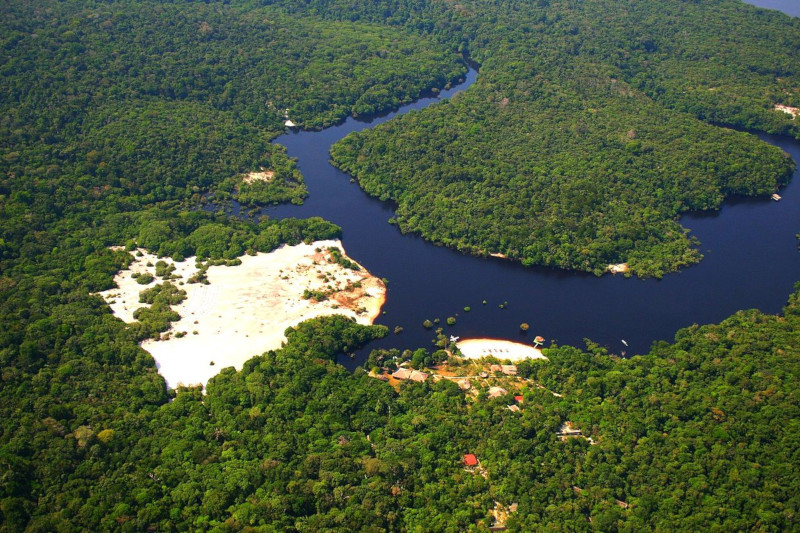
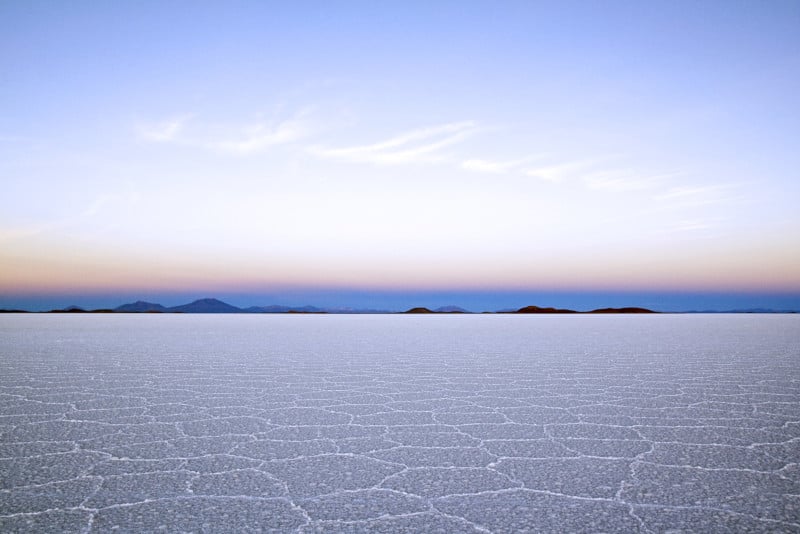
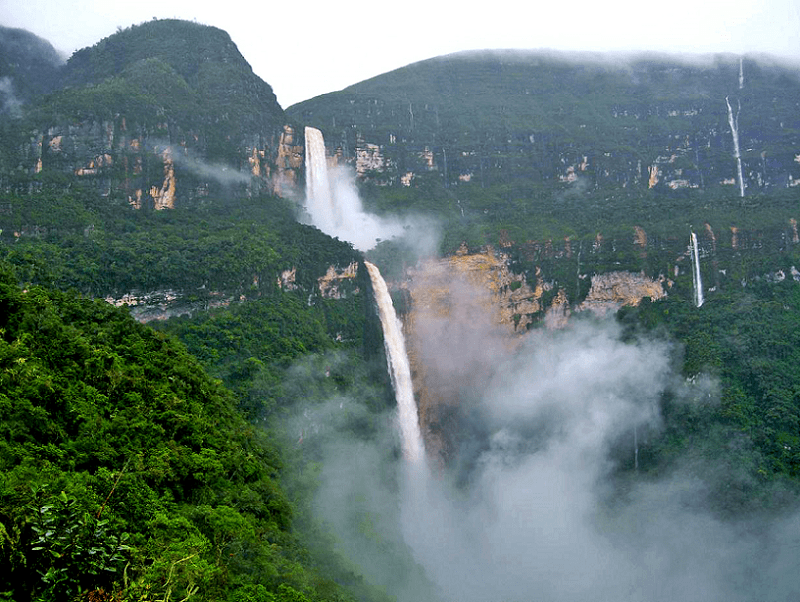
Check out our other articles on 5 Incredible Invertebrates of Japan, Common Bottlenose Dolphin, Macquarie Island, June Bug, Southern Darwin’s Frog, Texas Alligator Lizard









Leave a Reply